How to Care for Turmeric Plant: 4 Key Tips for Yellow Rhizomes and Green Foliage
If you've ever admired the vibrant golden hue of turmeric powder or enjoyed its earthy flavor in curries, you might be surprised to learn that growing this superstar spice at home is entirely achievable. The turmeric plant, with its lush tropical foliage and precious underground rhizomes, can be a rewarding addition to your garden or indoor plant collection. Whether you're a seasoned gardener or a curious beginner, this comprehensive guide will walk you through everything you need to know about turmeric plant care, from selecting the right rhizome to harvesting your very own golden treasure.
Understanding Your Turmeric Plant
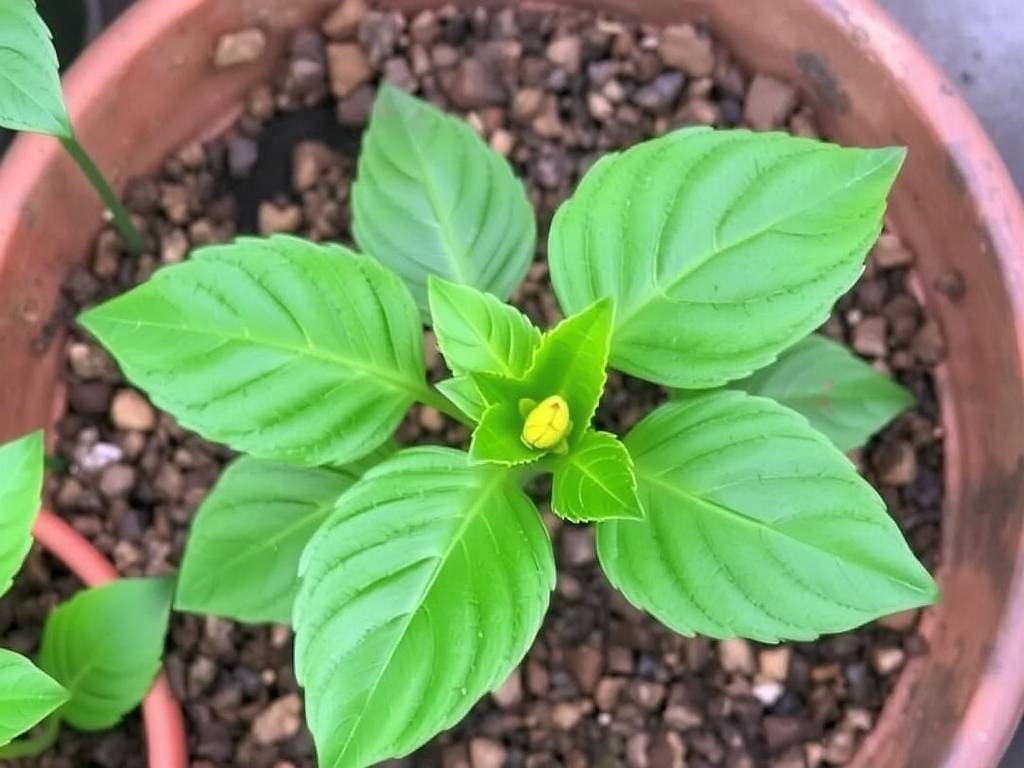
Before we dive into the care instructions, let's get familiar with this remarkable plant. Turmeric (Curcuma longa) is a perennial herbaceous plant belonging to the ginger family. While we typically use the rhizome (the underground stem) for cooking and medicinal purposes, the plant itself produces beautiful green leaves and occasionally flowers, making it an attractive ornamental plant too.
The key to successful turmeric cultivation lies in replicating its native tropical environment—think warm temperatures, high humidity, consistent moisture, and rich soil. When these conditions are met, you'll be rewarded with both vibrant foliage and plentiful rhizomes.
Getting Started: Planting Your Turmeric
Your turmeric journey begins with selecting quality rhizomes. Look for organic turmeric rhizomes from garden centers or reputable online suppliers, as conventional grocery store turmeric is often treated with growth inhibitors. Choose plump, firm pieces with several visible buds or "eyes" (similar to potato eyes).
The best time to plant turmeric is in early spring after the last frost, when temperatures consistently stay above 50°F (10°C). If you live in a cooler climate, you can start rhizomes indoors and transplant them outside when the weather warms up, or grow them as container plants year-round.
Here's how to plant your turmeric:
- Prepare your rhizomes by cutting them into 1-2 inch pieces, ensuring each piece has at least two buds.
- Allow the cut pieces to dry for a few hours to form a protective callus.
- Plant them 2 inches deep in soil with the buds facing upward.
- Space multiple rhizomes about 12-16 inches apart to allow room for growth.
Now that your turmeric is planted, let's explore the four essential care tips that will ensure your plant thrives.
- Create the Perfect Soil Environment
Turmeric plants are heavy feeders that demand nutrient-rich, well-draining soil to develop those prized yellow rhizomes. The ideal soil pH for turmeric cultivation ranges from 4.5 to 7.5, slightly acidic to neutral.
Prepare your planting area or container with a mixture of:
- High-quality compost (30%)
- Well-rotted manure (20%)
- Garden soil or potting mix (50%)
This combination provides essential nutrients while ensuring proper drainage—a critical factor since waterlogged soil can cause rhizomes to rot. For container growing, choose a pot that's at least 12 inches deep and wide to accommodate the spreading rhizomes.
Throughout the growing season, feed your turmeric plant every 4-6 weeks with a balanced organic fertilizer or compost tea. Turmeric plants benefit from higher potassium levels for robust rhizome development, so consider adding wood ash or kelp meal to your fertilizer regimen.
- Master the Watering and Humidity Balance
Proper watering techniques for turmeric plants can make or break your success. These tropical natives love consistent moisture but despise soggy conditions. The goal is to maintain evenly moist soil—think of a well-wrung sponge—rather than alternating between drought and flood.
During active growth periods (spring through summer), water your turmeric plant deeply 2-3 times per week, adjusting based on temperature and rainfall. Always check the top inch of soil; if it feels dry, it's time to water. Reduce frequency in cooler weather or when growth slows.
Humidity is equally important for maintaining those beautiful green leaves. If you're growing turmeric indoors or in a dry climate, boost humidity by:
- Misting the leaves regularly
- Placing a humidity tray filled with water and pebbles beneath the container
- Grouping plants together to create a microclimate
- Using a room humidifier
Signs of improper watering include yellowing leaves (overwatering) or curling, crispy leaves (underwatering). Adjust your routine accordingly to keep your plant happy.
- Provide Optimal Light and Temperature Conditions
Understanding turmeric plant light requirements is crucial for balancing foliage growth with rhizome development. Turmeric prefers bright, indirect light—similar to what it would receive under the canopy of taller plants in its native habitat.
Aim for:
- 6-8 hours of filtered sunlight daily
- Morning sun with afternoon shade in hot climates
- Protection from intense midday sun that can scorch leaves
In northern regions with milder summers, turmeric can tolerate more direct sunlight. If growing indoors, an east-facing window is ideal, or use grow lights to supplement natural light.
When it comes to temperature, turmeric thrives in warm conditions between 68-95°F (20-35°C). It's sensitive to cold and will go dormant when temperatures drop below 50°F (10°C). If you experience frost in your area, grow turmeric in containers that can be brought indoors during colder months, or harvest before the first frost.
- Practice Proper Harvesting and Seasonal Care
The final—and most rewarding—step in turmeric plant care is harvesting those golden rhizomes. Turmeric takes 8-10 months to reach maturity, which means patience is essential. You'll know it's ready when the leaves and stems begin to yellow and die back in fall or early winter.
To harvest:

- Carefully dig around the plant with a garden fork, being mindful not to damage the rhizomes.
- Lift the entire clump from the soil.
- Shake off excess soil and separate the rhizomes from the plant.
- Set aside the best-looking pieces for replanting next season.
After harvesting, you can use fresh turmeric immediately, or preserve it by drying and powdering. To store fresh rhizomes, keep them in a cool, dark place or freeze them for longer storage.
For year-round turmeric growing in frost-free climates, you can leave some rhizomes in the ground to regrow the following season. In colder regions, store planting rhizomes in dry peat moss or vermiculite in a cool (45-50°F/7-10°C), dark location until spring planting time.
Troubleshooting Common Turmeric Growing Problems
Even with perfect care, you might encounter some challenges. Here are quick solutions to common issues:
- Yellow leaves: Could indicate overwatering, nutrient deficiency, or natural dormancy. Assess watering habits and soil quality before assuming the worst.
- Poor rhizome development: Often caused by insufficient nutrients, inadequate growing season, or overcrowding. Ensure proper spacing and fertilize regularly.
- Pests: Watch for spider mites, aphids, and scale. Treat with insecticidal soap or neem oil at first sight.
- Fungal issues: Improve air circulation and avoid overhead watering to prevent leaf spot and rhizome rot.
The Joy of Growing Your Own Turmeric
Caring for a turmeric plant is a lesson in patience and reward. Those broad, green leaves will beautify your space throughout the growing season, while the knowledge that precious golden rhizomes are developing beneath the soil adds an element of excitement to your gardening journey.
Beyond the practical benefits, there's something deeply satisfying about harvesting your own turmeric—whether you use it fresh in curries, dry it for powder, or create turmeric tea for its anti-inflammatory properties. The flavor of homegrown turmeric is remarkably different from store-bought versions—more complex, aromatic, and vibrant.
Remember that gardening is both science and art. While these turmeric plant care tips provide a solid foundation, don't be afraid to observe your plant closely and adjust your approach based on its specific needs and your local conditions. Each leaf unfurled and each rhizome harvested will teach you more about this wonderful plant than any guide ever could.
So whether you're growing turmeric for its culinary uses, health benefits, or simply for the beauty of its tropical foliage, embrace the process. With these four key tips for yellow rhizomes and green foliage, you're well-equipped to succeed in your turmeric growing adventure. Happy gardening
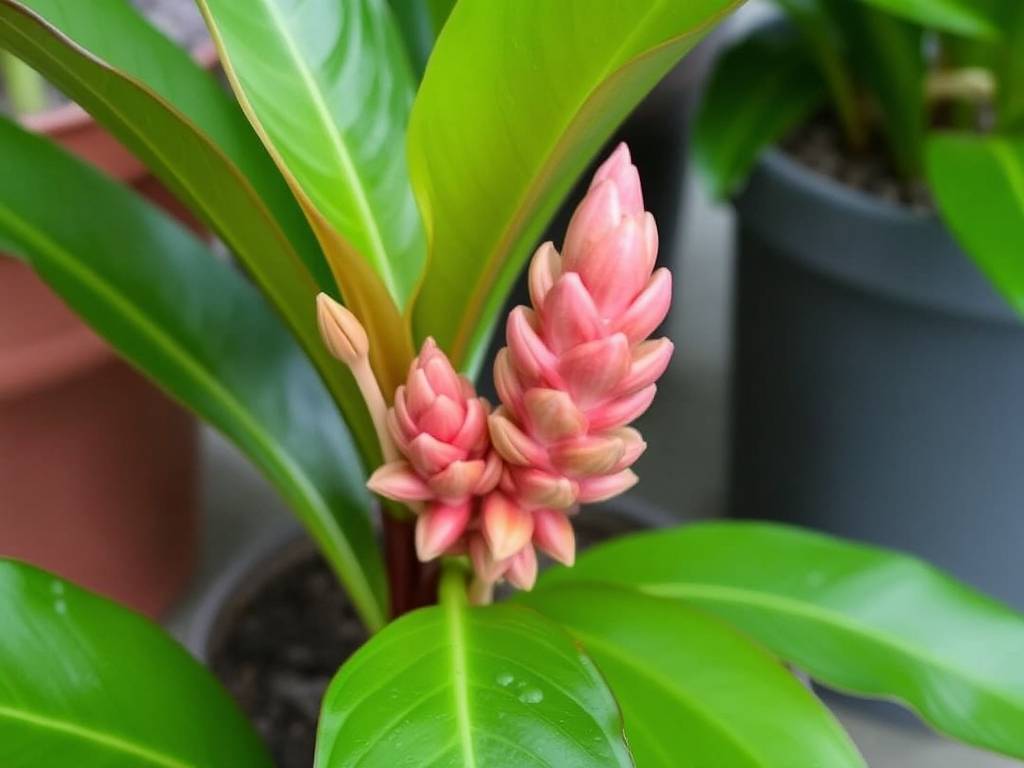
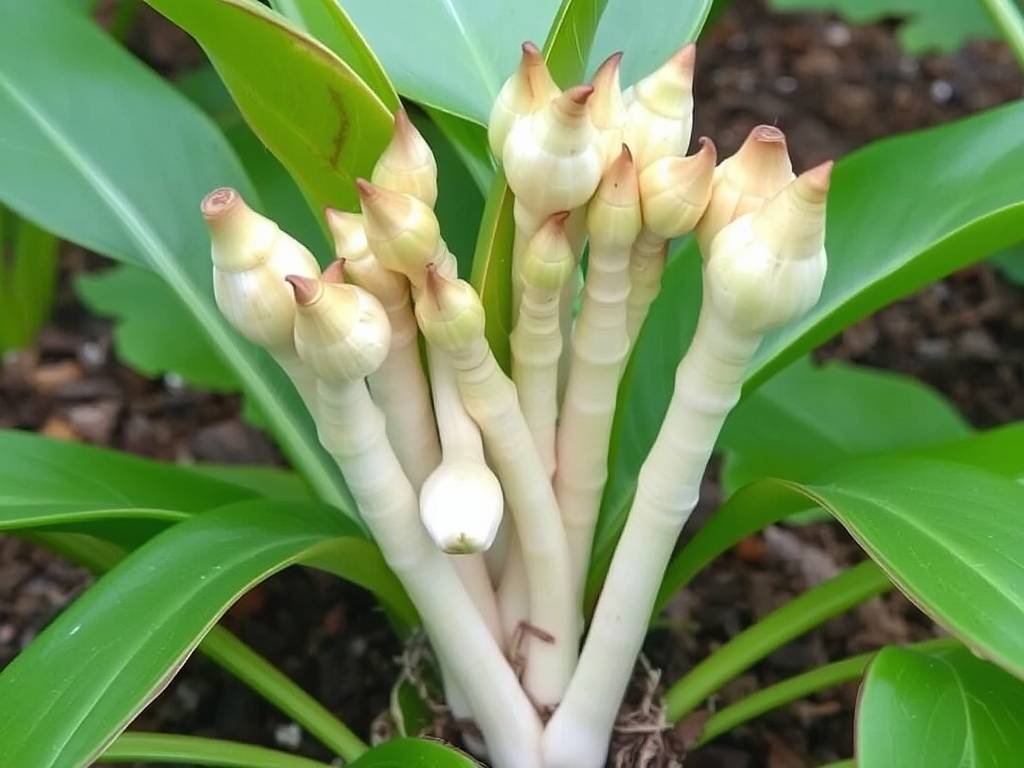
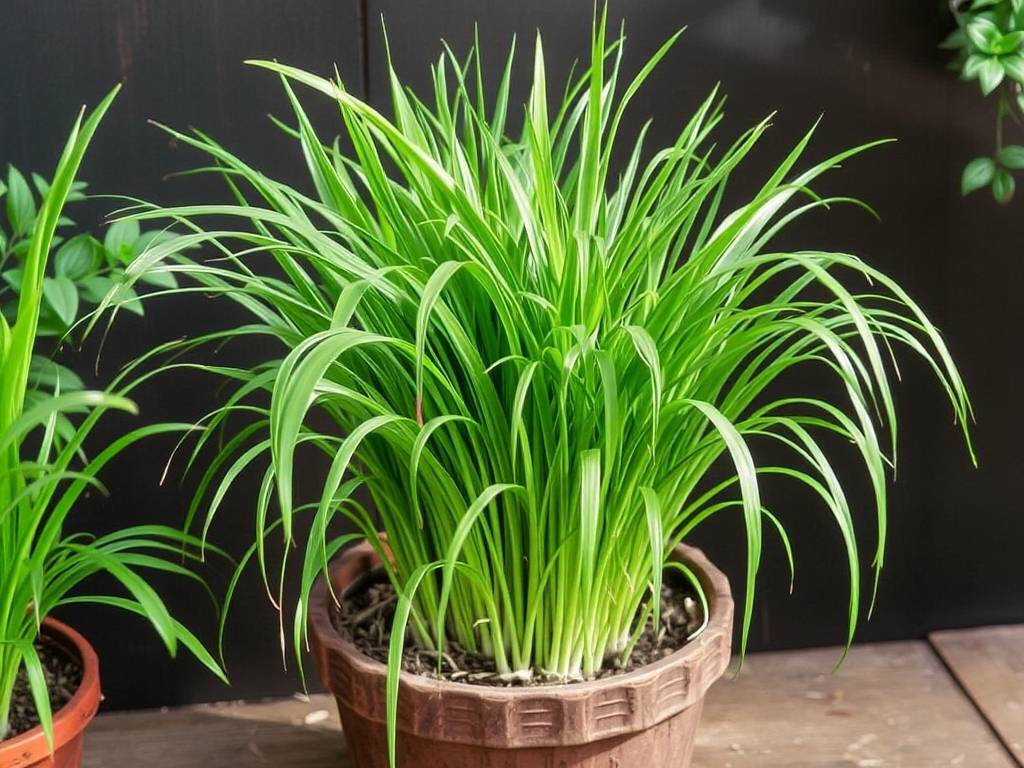
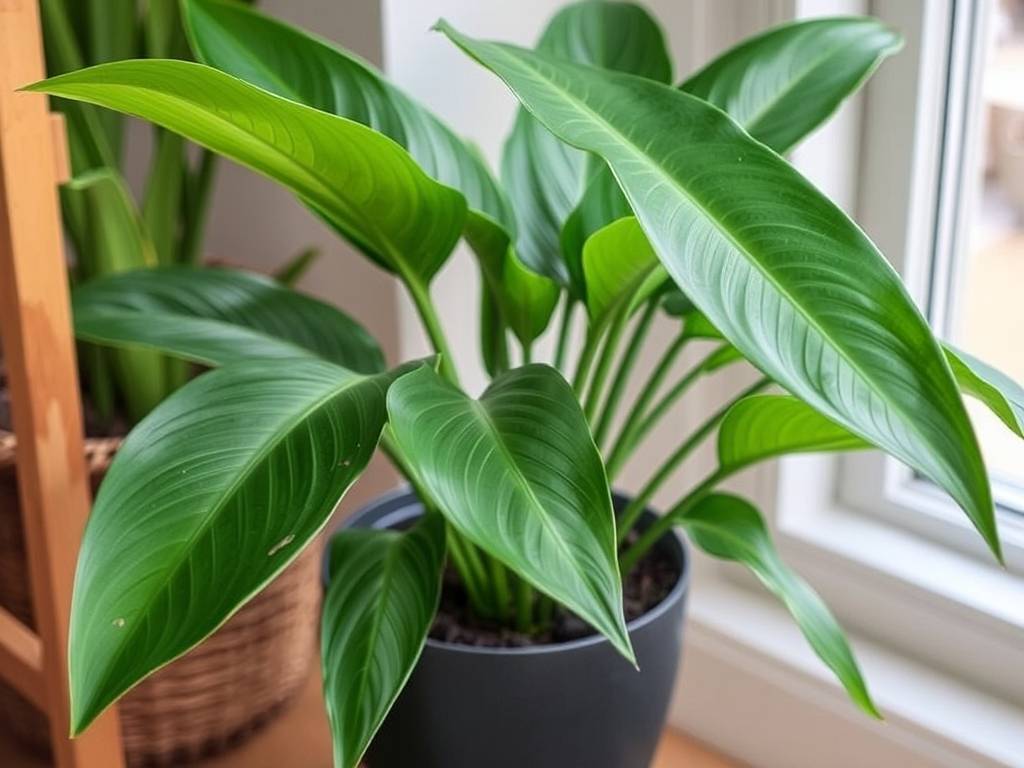
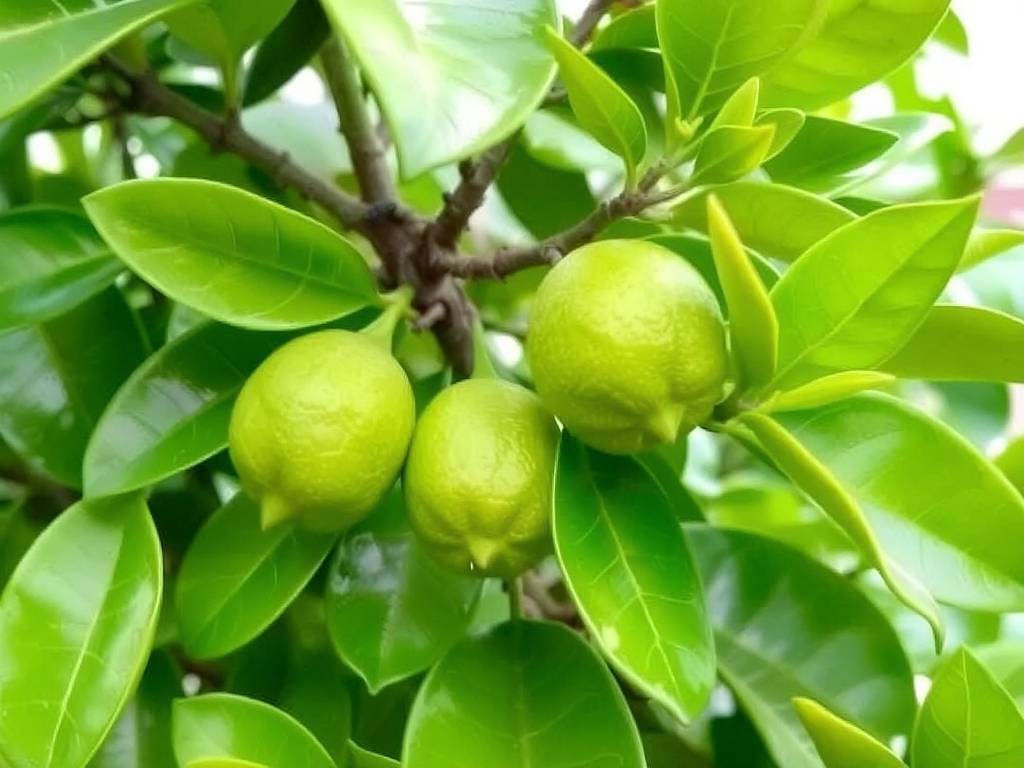
发表评论